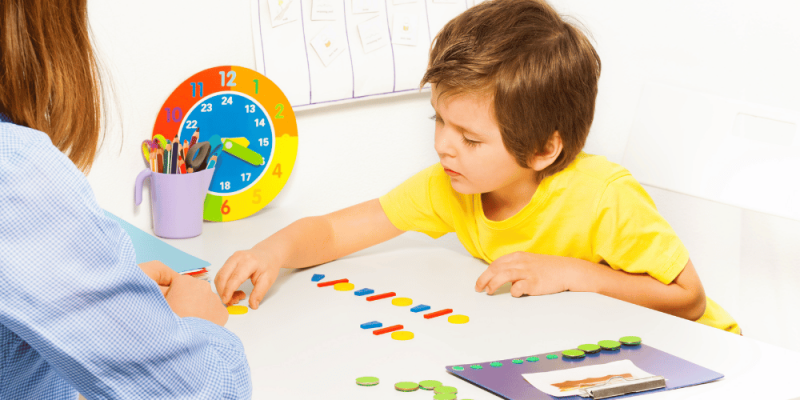ABA Match3 Game Therapy is a fun and engaging way to teach children with autism essential skills such as matching, categorizing, and sequencing. The therapy involves playing a Match3 game, where the goal is to match three or more items of the same color or shape in a row or column. Here are 10 ways to teach ABA Match3 Game Therapy:
1. Start with Simple Games
When teaching ABA Match3 Game Therapy, it is important to start with simple games that have only a few colors or shapes. This will help the child to understand the concept of matching and categorizing before moving on to more complex games.
2. Use Visual Aids
Visual aids such as pictures, diagrams, or charts can be very helpful in teaching ABA Match3 Game Therapy. Use visual aids to help the child understand the concept of matching, and to show them how to play the game.
3. Provide Verbal Instructions
Provide clear and concise verbal instructions on how to play the game. Repeat the instructions as necessary, and encourage the child to ask questions if they do not understand.
4. Use Reinforcement
Reinforcement is a powerful tool in ABA therapy. Use positive reinforcement, such as praise, rewards, or tokens, to encourage the child to play the game and to reinforce positive behavior.
5. Provide Feedback
Provide feedback on the child’s performance, and encourage them to improve their skills. Positive feedback can help to reinforce good behavior, while constructive feedback can help the child to learn from their mistakes.
6. Set Goals
Set achievable goals for the child to work towards. This can help to motivate the child and give them a sense of accomplishment when they achieve their goals.
7. Use Timers
Use a timer to help the child stay on task and to encourage them to complete the game within a certain time frame. This can also help to improve the child’s time management skills.
8. Play with a Partner
Playing ABA Match3 Game Therapy with a partner can be a fun way to teach social skills such as turn-taking, sharing, and cooperation.
9. Use Technology
Technology can be a great tool for teaching ABA Match3 Game Therapy. There are many apps and games available that are specifically designed for children with autism, and that can help to reinforce the skills learned in therapy.
10. Make it Fun
Finally, make ABA Match3 Game Therapy fun and engaging for the child. Use colorful game boards, fun sound effects, and exciting rewards to make the therapy session enjoyable for the child.
Conclusion
ABA Match3 Game Therapy is a fun and effective way to teach children with autism essential skills such as matching, categorizing, and sequencing. By using the 10 teaching methods discussed in this post, parents and teachers can help children with autism improve their cognitive and social skills in a fun and engaging way. Remember to start with simple games, use visual aids and verbal instructions, provide reinforcement and feedback, set achievable goals, use timers and play with a partner, use technology, and make it fun!

